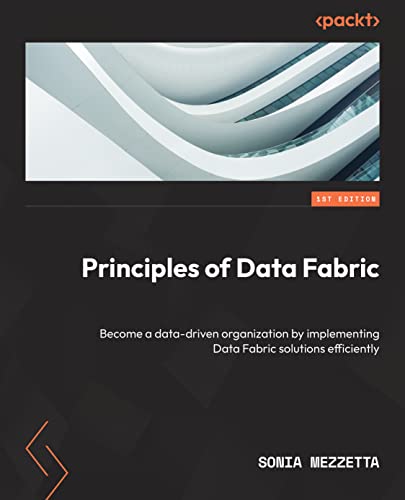

Most ebook files are in PDF format, so you can easily read them using various software such as Foxit Reader or directly on the Google Chrome browser.
Some ebook files are released by publishers in other formats such as .awz, .mobi, .epub, .fb2, etc. You may need to install specific software to read these formats on mobile/PC, such as Calibre.
Please read the tutorial at this link: https://ebookbell.com/faq
We offer FREE conversion to the popular formats you request; however, this may take some time. Therefore, right after payment, please email us, and we will try to provide the service as quickly as possible.
For some exceptional file formats or broken links (if any), please refrain from opening any disputes. Instead, email us first, and we will try to assist within a maximum of 6 hours.
EbookBell Team

4.4
62 reviewsData can be found everywhere, from cloud environments and relational and non-relational databases to data lakes, data warehouses, and data lakehouses. Data management practices can be standardized across the cloud, on premises, and edge devices with data fabric, powerful architecture that creates a unified view of data. This book will enable you to design a data fabric solution by addressing all the key aspects that need to be considered.
The book begins by introducing you to data fabric solutions, why you need them, and how they relate to other strategic data management frameworks. You’ll then quickly progress to grasping the principles of DataOps, an operational model for data fabric architecture. The next set of chapters will show you how to combine data fabrics with DataOps and data mesh and how they work together by making the most out of it. After that, you’ll discover how to design data integration, data governance, and self-service analytics architecture. Toward the end of the book, you’ll learn how to implement data privacy and data marketplace using data fabrics with the help of industry best practices.
By the end of this data book, you will have a clear understanding of what data fabric is and what architecture looks like, along with the level of effort that goes into designing a data fabric solution.